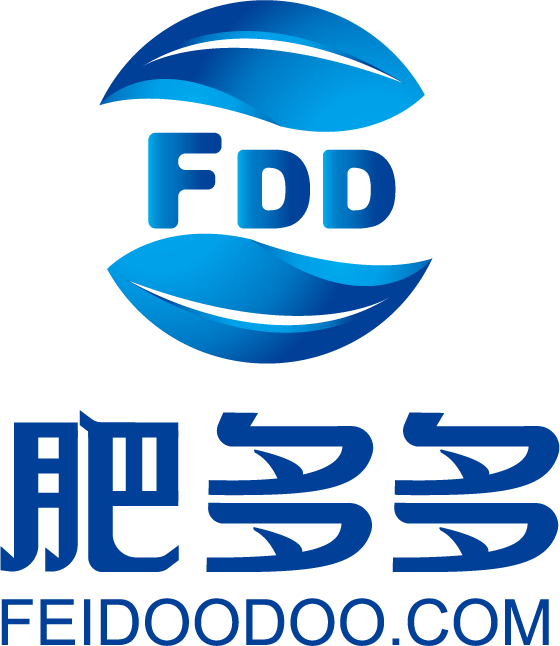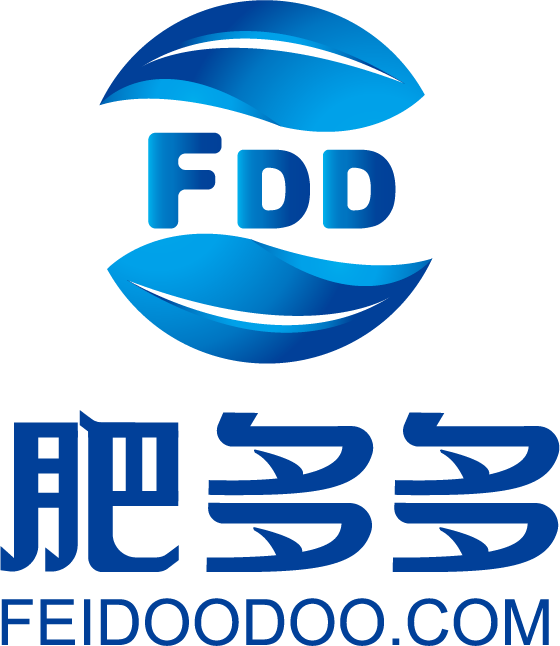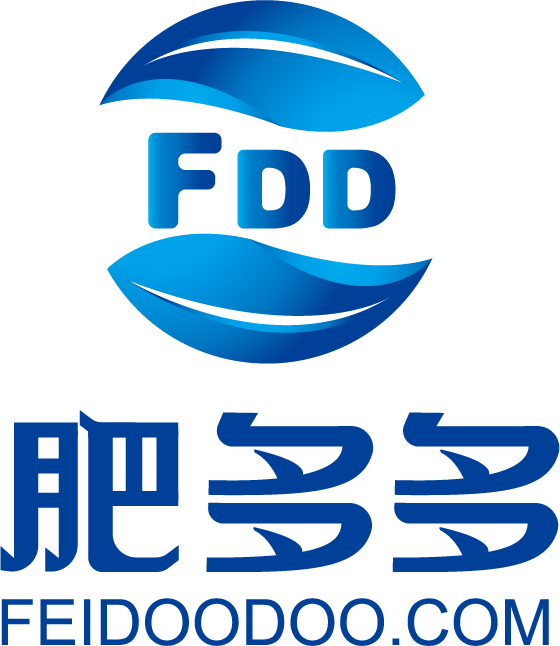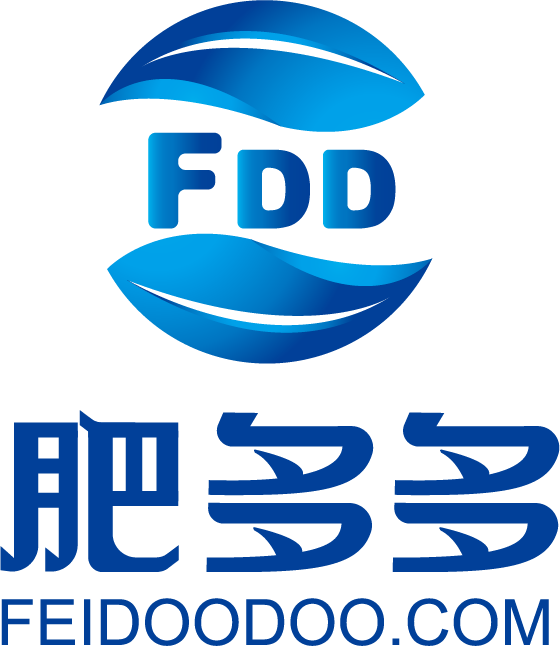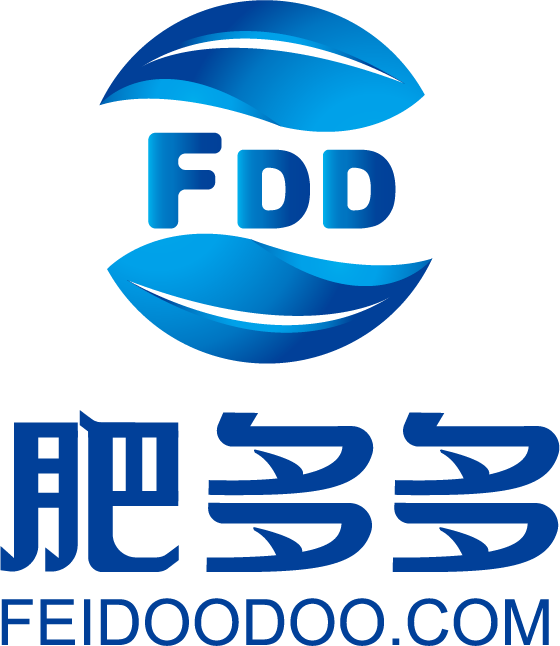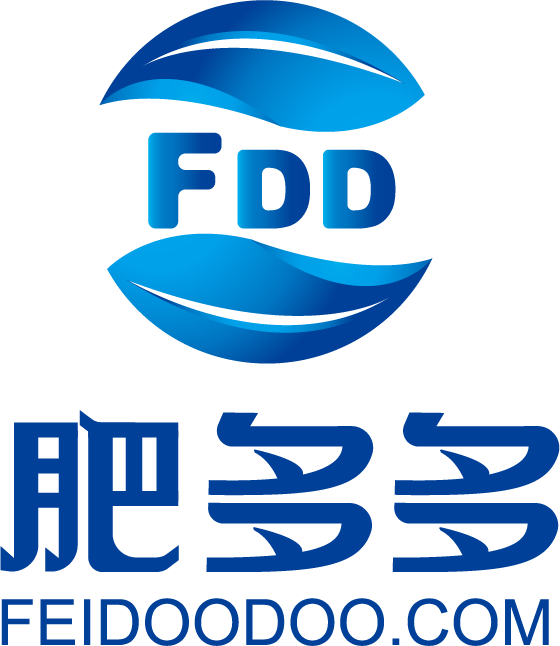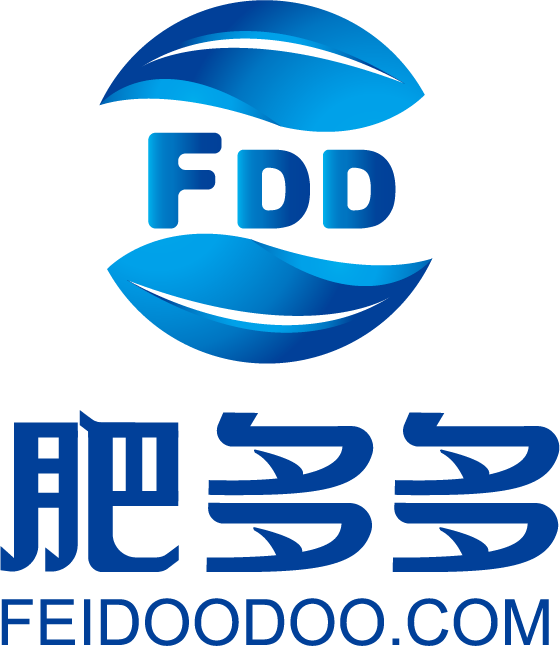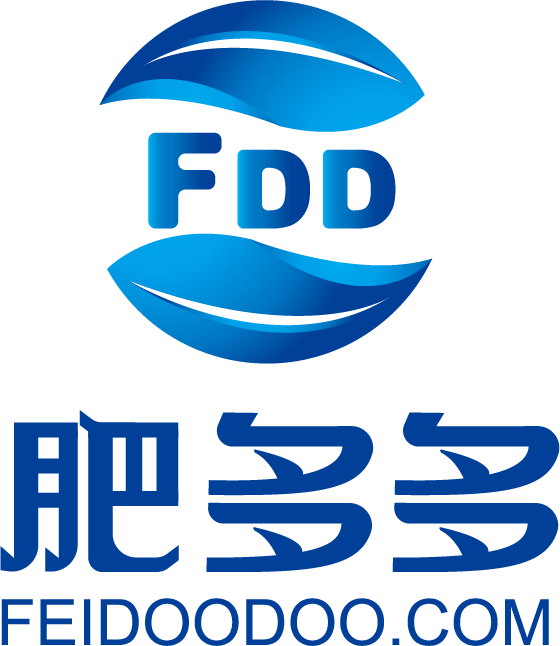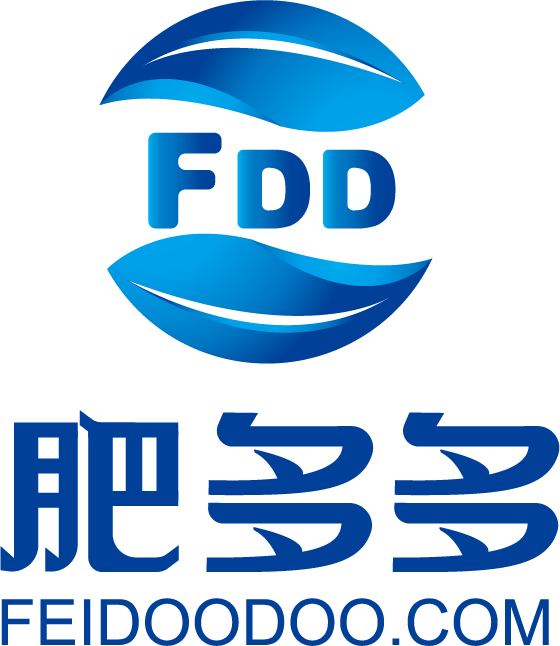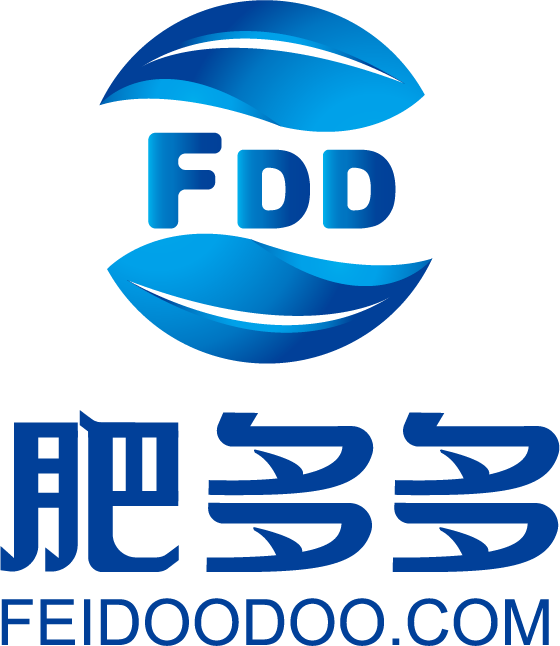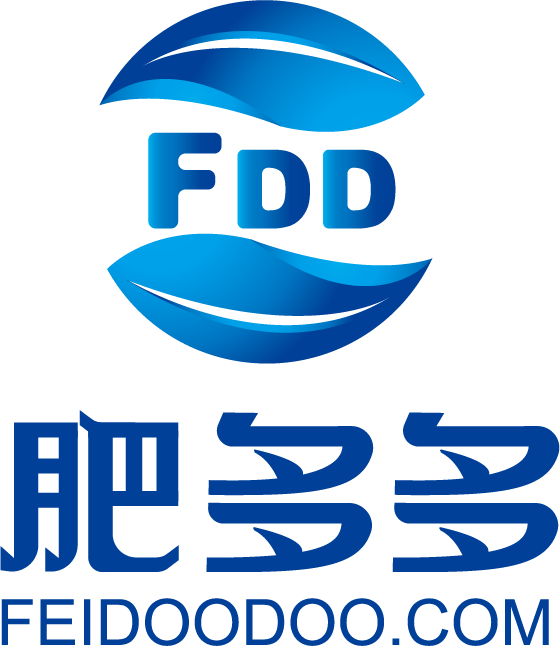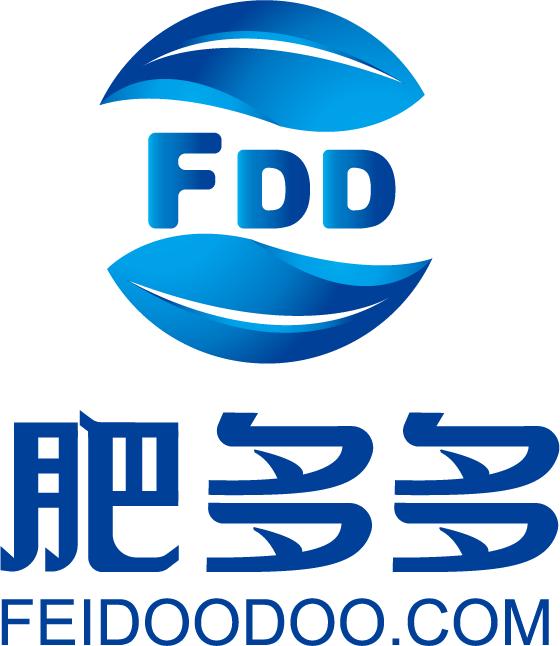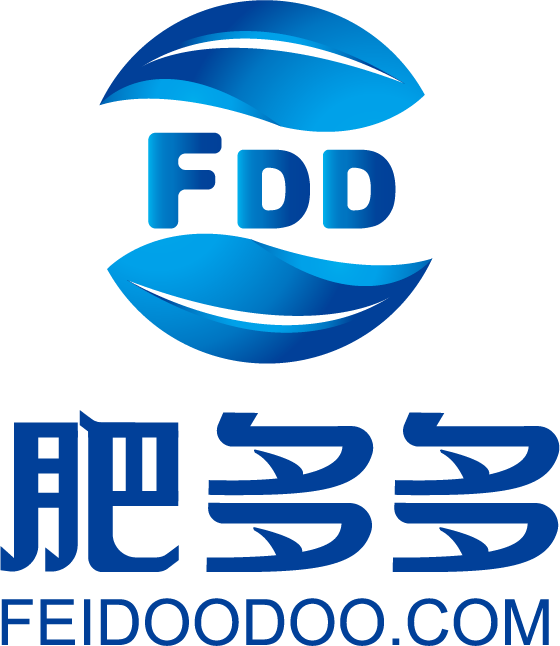- This article reviews the daily status of the phosphate fertilizer market, highlighting the stability of monoammonium phosphate (MAP) and diammonium phosphate (DAP) price indices. The MAP market is characterized by stable prices, with a decrease in orders and pressure on shipments, leading to a weak and adjusting market scenario. The demand side shows weak follow-up, and raw material costs remain high. Conversely, the DAP market maintains steady prices, with enterprise sentiments firm and a market that's gradually improving, though overall demand remains limited. The raw material costs continue to bolster the market, predicting short-term fluctuations and adjustments for both MAP and DAP markets. The review underscores the importance of upstream cost support in maintaining a firm phosphate fertilizer market despite the challenges.
- This article discusses the current urea market, including the price index, futures market performance, and spot market analysis. The domestic urea price has seen a slight increase, with futures market fluctuations and diverse spot price performances across regions. From the factories' perspective, there has been a decrease in new order volumes, but short-term pending orders provide support, leading to a stable shipment situation. Market demand is slowing, with a decrease in orders from compound fertilizer factories, resulting in a weak overall market. Internationally, a significant reduction in the quantity for Indian tenders has weakened the international market, impacting the domestic scene and suggesting that urea prices may continue to experience slight increases before stabilizing in the short term.
- This article provides a comprehensive summary of the diammonium phosphate (DAP) market in China for the first quarter of 2024. It discusses the market dynamics, including price stability, production, and operating rates within the industry. The report offers insights into the import and export data, apparent consumption, and port inventory trends. It also analyzes the impact on the downstream agricultural sector, particularly focusing on compound fertilizers. Furthermore, it presents a forecast for the DAP market in the second quarter of 2024, considering aspects such as cost, supply, and demand. The analysis reveals a market characterized by stable prices, increased production, and challenges related to export volumes and domestic demand. The forecast suggests that the DAP market will continue to face a balance between supply and demand, with potential for price adjustments based on cost support and market demand conditions.
- This article presents a comprehensive analysis of the current state of the urea market, focusing on the continuation of weak downward trends in prices due to lackluster downstream demand. Utilizing data from Feiduoduo, it details the decline in the urea price index on April 2nd, highlighting a significant day-on-day and year-on-year decrease. The analysis extends to the urea futures market, showcasing slight fluctuations in contract prices. A deep dive into the spot market reveals a broad price reduction across various regions in China, with manufacturers reporting less-than-ideal order intakes and consequent price adjustments. The article identifies a mismatch between supply and demand as a key factor, noting an increase in supply due to the restoration of previously shut down units, against a backdrop of weakening demand from both agricultural and industrial sectors. The analysis concludes with a market forecast, predicting a continuation of cautious procurement behavior from downstream sectors and an expectation for urea market prices to persist in seeking lower levels in the short term. This study offers valuable insights for stakeholders in the urea market, providing a clear o
- This article provides a comprehensive analysis of the monoammonium phosphate market in China for the first quarter of 2024. It highlights the trends in prices, production, operational rates, and import/export data, and provides insights into the upstream synthetic ammonia market. Despite the fluctuations in demand and prices, the market remained relatively stable with cautious purchasing behavior among traders. The report also offers a forecast for the second quarter, anticipating a continuation of the current market dynamics. Factors such as cost, supply, and demand are discussed in relation to their potential impact on the market's trajectory. This analysis serves as a valuable resource for stakeholders in understanding the current state and future prospects of the monoammonium phosphate market in China.
- This review focuses on the domestic urea market in China as of April 1, 2024, highlighting a continuation of weak market adjustments amidst sustained high daily production levels. The Domestic Urea Small Particle Price Index experienced a slight decrease, indicating a downward trend both month-over-month and year-over-year. The urea futures market showed some fluctuations within the day, with minor increases in the closing prices compared to the previous trading day. The spot market analysis reveals a continued decrease in urea prices across various regions, reflecting a cautious follow-up mentality from the downstream sectors and an overall weak market performance. Despite a slight decrease in factory inventories following price reductions to attract orders, the high daily production and relaxed supply state persist. Demand from the agricultural sector is in a minor lull, and industrial downstream demand remains minimal, contributing to a limited support for prices. Given these conditions, the current urea market is characterized by a weak supply-demand relationship, with prices expected to continue their downward adjustment in the short term.
- This analysis focuses on the domestic phosphate fertilizer market in China, specifically monoammonium phosphate (MAP) and diammonium phosphate (DAP), amidst the high nitrogen fertilizer production season. The market for MAP and DAP remained stable on April 1, 2024, with minor fluctuations in the price indices for various formulations. The demand for phosphate fertilizers is minimal due to the nearing completion of spring planting fertilizer preparation, with end-users and industrial compound fertilizer companies maintaining only essential purchases and focusing on inventory digestion. Raw material prices, including sulfur and phosphate rock, remained stable, while synthetic ammonia prices slightly decreased. The analysis predicts a short-term continuation of weak and downward market price trends for MAP and DAP, attributed to limited export support and weak domestic demand continuation.
- This article provides a comprehensive analysis of the urea market in China during the first quarter of 2024. It depicts a market characterized by weak and fluctuating prices, with the Domestic Urea Spot Price Index experiencing minor oscillations within a 7.80% range. The production and operational rates of urea facilities have shown a marked increase, contributing to a supply pressure evident from the accumulation of both enterprise and port inventories. Despite a slight increase in domestic consumption, export volumes have drastically declined, highlighting the stringent export policies and the challenges in the international market. The article concludes with a forecast for the second quarter of 2024, predicting continued supply pressure and cautious demand, leading to a weak and fluctuating market with minimal support for price increases.
- Monoammonium Phosphate: Overall, the current MAP market demand is sluggish. Although costs continue to adjust to high levels, market demand follow-up is weak, and with ample supply, traders are mostly observing, making a weak market hard to rise. It is expected that next week, the mono ammonium phosphate market prices will continue to be mostly stable with minor adjustments, weakly consolidating. Diammonium Phosphate: Overall, the current DAP domestic market follow-up is insufficient, corporate resources are gathered at ports for export, traders' sentiments are unstable, and pessimistic, prices are weakly operated, export favorable support is weak, it is expected that next week, the diammonium phosphate market prices will continue to stabilize and adjust downwards.
- This article provides a comprehensive overview of the urea market's dynamics over the past week, highlighting the transition from a declining price trend to a stabilization phase, influenced by improved low-price transactions. It details specific price adjustments across various regions, the status of future warehouse receipts, and industry chain dynamics, including production rates and operational efficiencies within both urea and related industries such as compound fertilizer and melamine. The document emphasizes the interplay between supply, demand, and inventory levels, offering insights into the agricultural and industrial consumption patterns. Furthermore, it touches on the international urea market, presenting changes in global price quotations. The analysis concludes with a forward-looking perspective on supply, inventory, and demand trends, indicating continued high supply levels, potential inventory reduction, and weak demand support in the short term. The research encapsulates the urea market's current state, challenges, and prospects, serving as a crucial resource for stakeholders in the fertilizer industry.
- This review critically examines the current state of the phosphate fertilizer market, focusing on monoammonium phosphate (MAP) and diammonium phosphate (DAP), to identify trends in market prices, dynamics, and future prospects. It highlights the slight decrease in MAP and DAP prices amidst a backdrop of overall market stability. The analysis reveals a weakened follow-up in downstream demand, pressuring sales and leading to a notable reduction in prices. Despite stable adjustments in raw material costs, with a particular note on the rising price of synthetic ammonia, both MAP and DAP markets are experiencing a period of weak consolidation, influenced by sluggish demand and sufficient supply. Consequently, the forecast suggests a continuation of this trend, with market prices expected to maintain a weakly stable to slightly declining trajectory in the short term. This comprehensive overview provides essential insights for stakeholders within the phosphate fertilizer market, enabling informed decision-making in a context of fluctuating demand and supply dynamics.
- This review provides an insightful analysis of the urea market's current state, focusing on the pricing trends, futures trading, spot market dynamics, and the interplay between supply and demand. The domestic urea price index indicates a slight decrease, reflecting a downward trend in both the futures and spot markets. The analysis identifies a transition from a strong to a weak market, attributed to reduced transactions following a hike in quotes and a cautious approach from the demand side. Despite the high supply level due to the resumption of maintenance units, the demand has remained cautiously low, especially for higher-priced urea, leading to a market stabilization but with a tendency towards lower prices. This scenario suggests a near-term market characterized by a weak consolidation, with significant price increases unlikely due to the relaxed supply-demand environment. The comprehensive overview presented is crucial for stakeholders in the urea market to navigate the current trends and anticipate future movements.
- This study provides an in-depth analysis and forecast of the phosphate fertilizer market, focusing on monoammonium phosphate (MAP) and diammonium phosphate (DAP) segments. It examines the market dynamics, including price stability and slight declines, based on comprehensive data up to March 2024. The analysis encompasses domestic market operations, price trends, and the influence of raw material costs, supply-demand dynamics, and industrial operational rates. Furthermore, it evaluates the domestic production, import-export activities, apparent consumption, and port inventory trends for both MAP and DAP, offering insights into future market expectations. The findings suggest a generally stable market with potential for slight price adjustments due to cost factors and agricultural demands. The study underscores the importance of continuous monitoring of market supply-demand relations and raw material price movements to anticipate future market trends in the phosphate fertilizer industry.
- In February 2024, China experienced a significant decline in the export volumes of both monoammonium phosphate (MAP) and diammonium phosphate (DAP), with year-on-year decreases of 90.18% and 92.45%, respectively. This downward trend was also observed on a month-on-month basis. However, the import volume of MAP saw an unprecedented year-on-year increase, while DAP imports showed a substantial increase compared to the previous year despite a month-on-month decrease. The drastic fluctuations in import and export volumes highlight significant shifts in China's phosphate fertilizer market dynamics, with Australia, Malaysia, India, and Italy being the primary export destinations for MAP, and India and Japan for DAP. The vast differences in average prices between exports and imports, especially for DAP, indicate the variability in market demand and the quality or specifications of phosphate fertilizers traded.
- This article presents an analysis of the phosphate fertilizer market, focusing on monoammonium phosphate (MAP) and diammonium phosphate (DAP) as of March 27. The price indices for both MAP and DAP showed stability, with slight adjustments in certain segments. The MAP market demonstrated a stable trend despite weak downstream demand and a continuous weak market, leading to a slight decrease in quotes but stable transaction negotiation. Conversely, the DAP market experienced a slight downward adjustment amidst stable fulfillment of pre-received orders, sluggish new order transactions, and average restocking performance by industrial downstream factories. The article highlights a general market fatigue for phosphate fertilizers, with weak demand follow-up and raw material prices showing a mix of slight consolidation and upward trends. The prognosis for both MAP and DAP markets indicates continued weak stability with potential for slight price adjustments in the short term, driven by insufficient market follow-up and pressures from raw material costs.
- Mall
- Supermarket
- Supplier
- Integrated logistics
- Warehousing
- Transaction Services
- Expo Services

